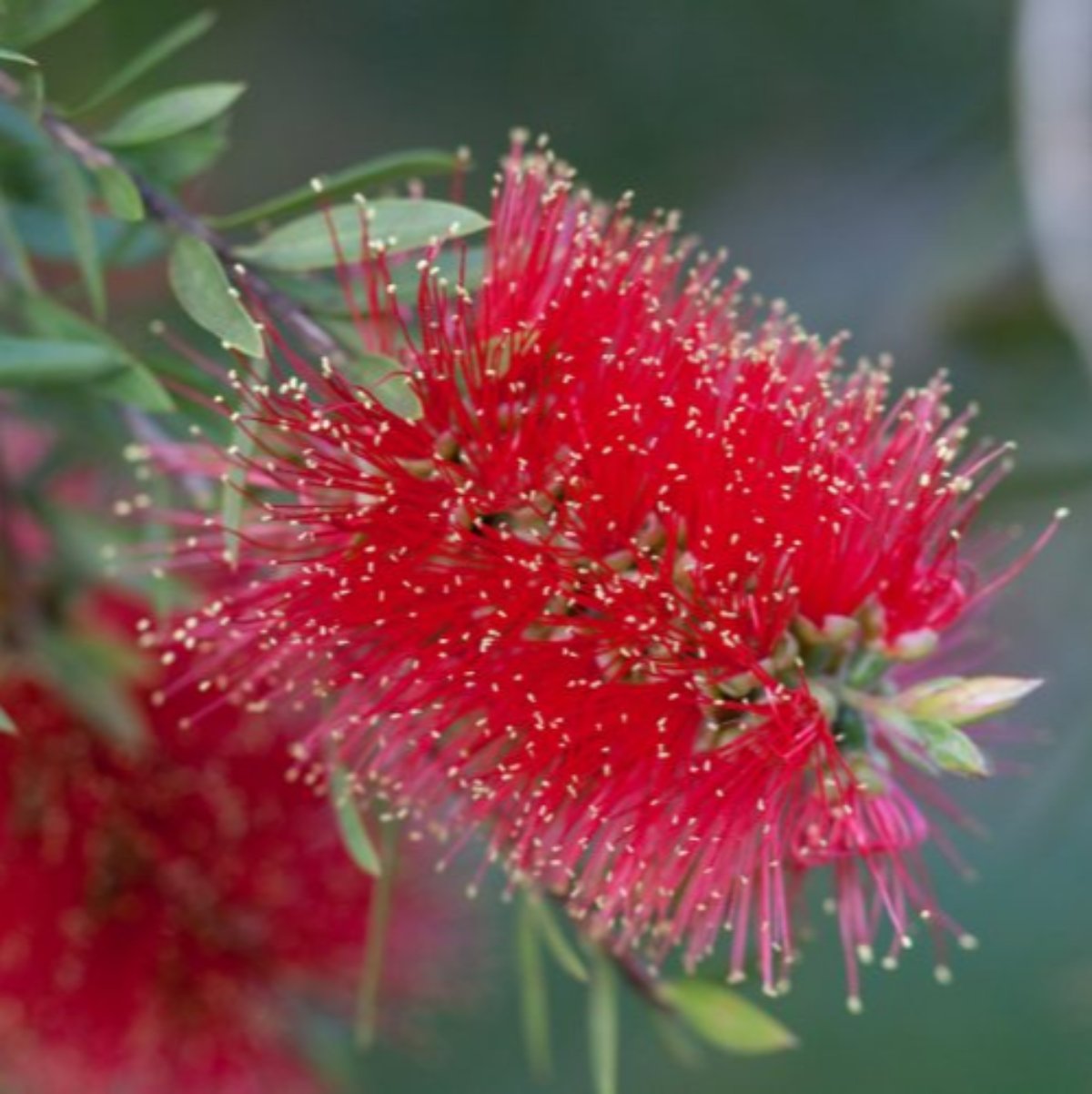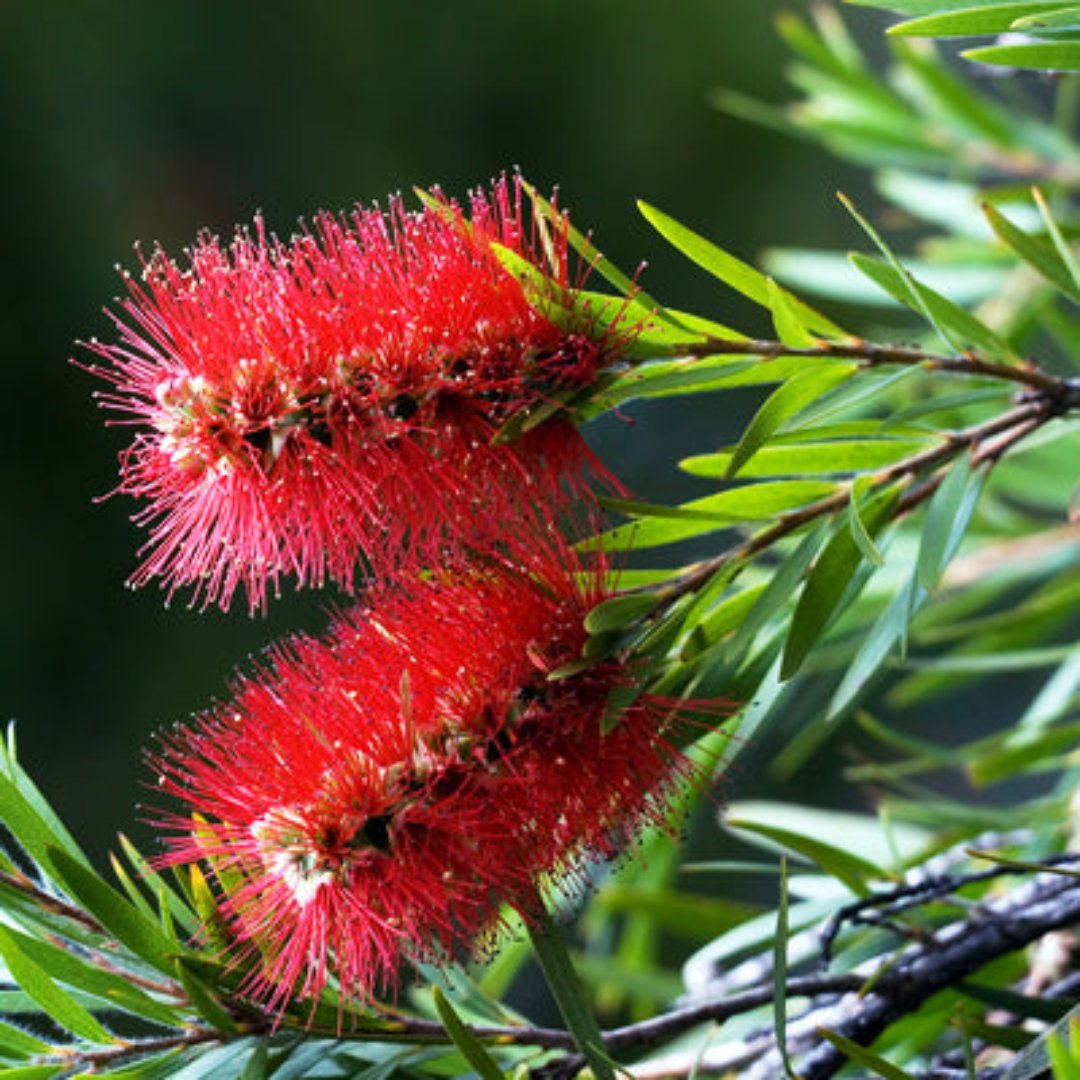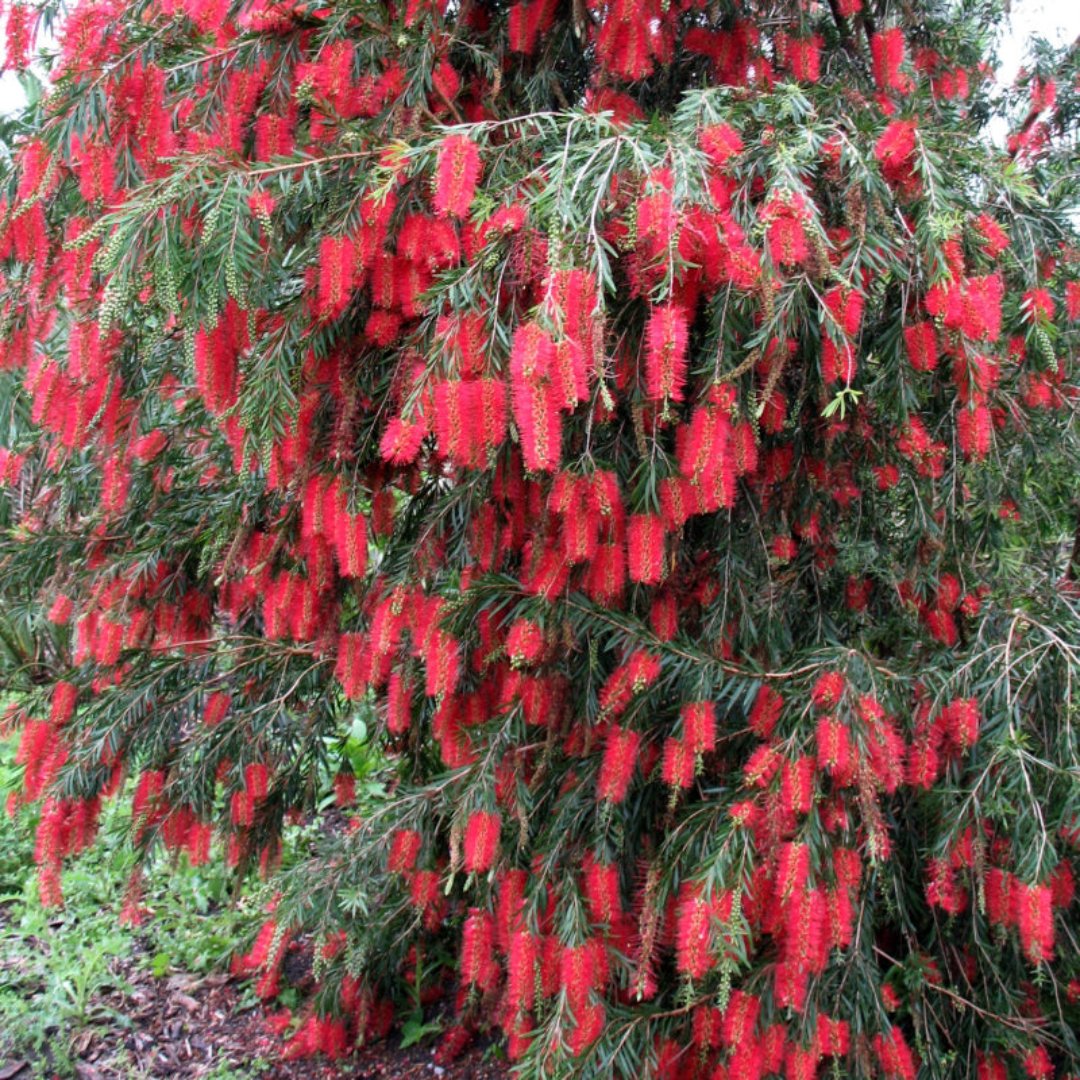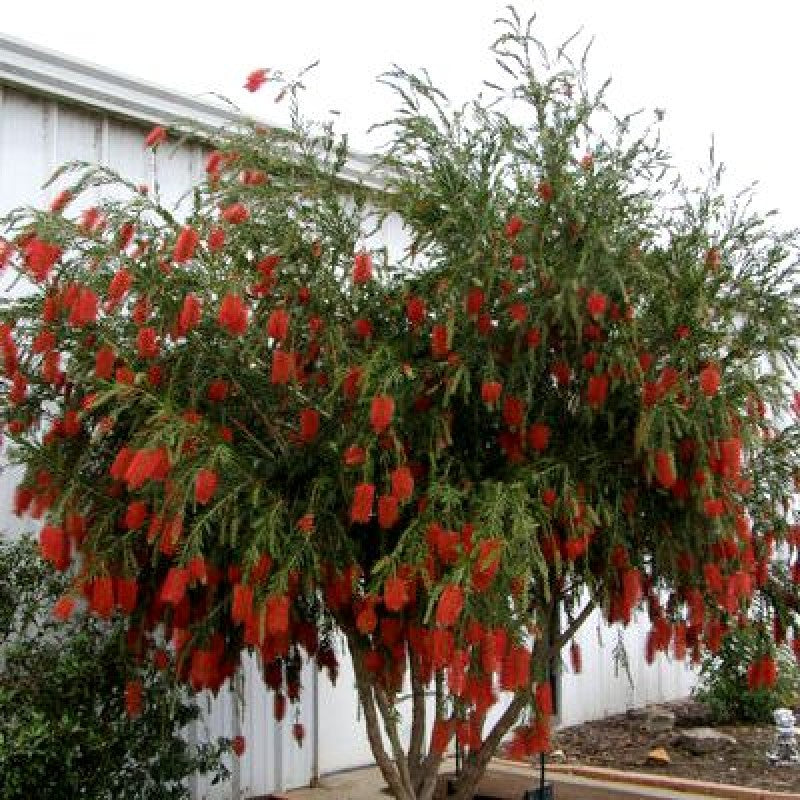





Green Paradise Offers Beautiful Bottle
Brush Sapling Plant
About Bottle Brush Plant
The term "Bottle Brush" typically refers to a group of plants in the genus Callistemon, which are native to Australia. These plants are known for their unique and striking flowers that resemble the shape of a bottle brush, hence the name. The Bottle Brush sapling, as you mentioned, would be in the young, immature stage of a Bottle Brush plant.
Here are some key features and information about Bottle Brush saplings:
Appearance:
-
Bottle Brush saplings usually have slender, green stems with small, lance-shaped leaves.
-
As they mature, the leaves become more elongated and often take on a darker green color.
Flowers:
-
One of the most attractive aspects of Bottle Brush plants is their flowers.
-
The flowers are cylindrical and arranged in dense spikes that resemble a bottle brush.
-
The color of the flowers can vary depending on the species, but they are commonly seen in shades of red, crimson, pink, yellow, or white.
Growth:
-
Bottle Brush saplings are fast-growing, and with proper care, they can quickly develop into small shrubs or trees.
-
The rate of growth may vary depending on the specific species and environmental conditions.
Requirements:
-
Bottle Brush plants thrive in well-draining soil and prefer full sunlight.
-
They are relatively drought-tolerant once established but appreciate regular watering, especially during dry spells.
-
In their native Australia, they are often found growing along riverbanks and in other areas with access to water.
Pruning:
-
Regular pruning is recommended to maintain a neat and compact shape for the plant.
-
Pruning can also encourage more flower production.
Wildlife attraction:
-
Bottle Brush plants are popular with pollinators, such as bees and birds, which are drawn to the nectar-rich flowers.
-
They can be a valuable addition to gardens and landscapes that aim to attract wildlife.
Cultivation:
-
Bottle Brush saplings can be propagated from seeds or cuttings.
-
The seeds are typically small and can take some time to germinate, but cuttings can establish roots more quickly.
Frost sensitivity:
-
While mature Bottle Brush plants can tolerate light frosts, young saplings are more sensitive and may require protection during cold weather.
It's essential to note that the specific characteristics and requirements of a Bottle Brush sapling may vary depending on the species. Some popular species of Callistemon include Callistemon citrinus (Crimson Bottle Brush), Callistemon viminalis (Weeping Bottle Brush), and Callistemon salignus (White Bottle Brush).
Overall, Bottle Brush saplings are beautiful and vibrant plants that can add a splash of color and wildlife attraction to gardens and landscapes. As they grow, they become hardy and relatively low-maintenance, making them a favorite among gardeners in suitable climates.
How To Grow Bottle Brush Plant
Bottlebrush (Callistemon) plants are attractive, evergreen shrubs or small trees known for their unique, brush-like flowers that resemble bottle brushes. They are relatively easy to grow and can add a splash of color to your garden with their bright red or pink flowers.
Here's a step-by-step guide on how to grow bottlebrush sapling plants:
Obtain a sapling:
-
You can find bottlebrush saplings at local nurseries or garden centers.
-
Alternatively, you can grow one from seeds, but keep in mind that it will take longer to mature and start flowering.
Choose the right location:
-
Bottlebrush plants prefer full sun, so pick a spot in your garden that receives at least 6-8 hours of direct sunlight per day.
-
They also need well-draining soil to avoid waterlogged roots.
Prepare the soil:
-
Bottlebrush plants can tolerate a range of soil types, but they do best in slightly acidic to neutral soil.
-
Amend the soil with organic matter like compost to improve drainage and provide nutrients.
Planting the sapling:
- Create a hole that is twice as wide and deep as the sapling's root ball.
- Gently remove the sapling from its container and place it in the center of the hole.
- Backfill the hole with soil, gently firming it around the sapling's roots to remove air pockets.
- Water the sapling thoroughly after planting to settle the soil around the roots.
Watering:
-
Young bottlebrush saplings need regular watering to establish their root systems.
-
Make sure the soil is consistently moist but not soggy.
-
The plant becomes more tolerant of drought as it ages.
Mulching:
-
Apply a layer of organic mulch around the base of the sapling, leaving some space around the stem to avoid rot.
-
Mulching helps retain soil moisture, suppress weeds, and provide nutrients as it breaks down.
Fertilization:
-
Bottlebrush plants generally don't require much fertilizer.
-
You can apply a balanced, slow-release fertilizer in spring to promote healthy growth and flowering.
-
Follow the manufacturer's instructions for the correct dosage.
Pruning:
-
Prune your bottlebrush plant after it has finished flowering.
-
Shape the plant as desired, removing any dead or diseased branches.
-
Avoid severe pruning because it could impair flowering.
Pest and disease control:
-
Bottlebrush plants are relatively pest and disease-resistant.
-
However, you should keep an eye out for common garden pests like aphids or scale insects.
-
If you notice any infestations or disease symptoms, treat them promptly with appropriate remedies.
Winter care:
-
In areas with frost, young bottlebrush saplings may need protection during winter.
-
Cover them with a cloth or burlap if a cold snap is expected.
-
Once the plant is established, it will tolerate light frost better.
With proper care and attention, your bottlebrush sapling should grow into a beautiful, flowering shrub that will be a stunning addition to your garden.




